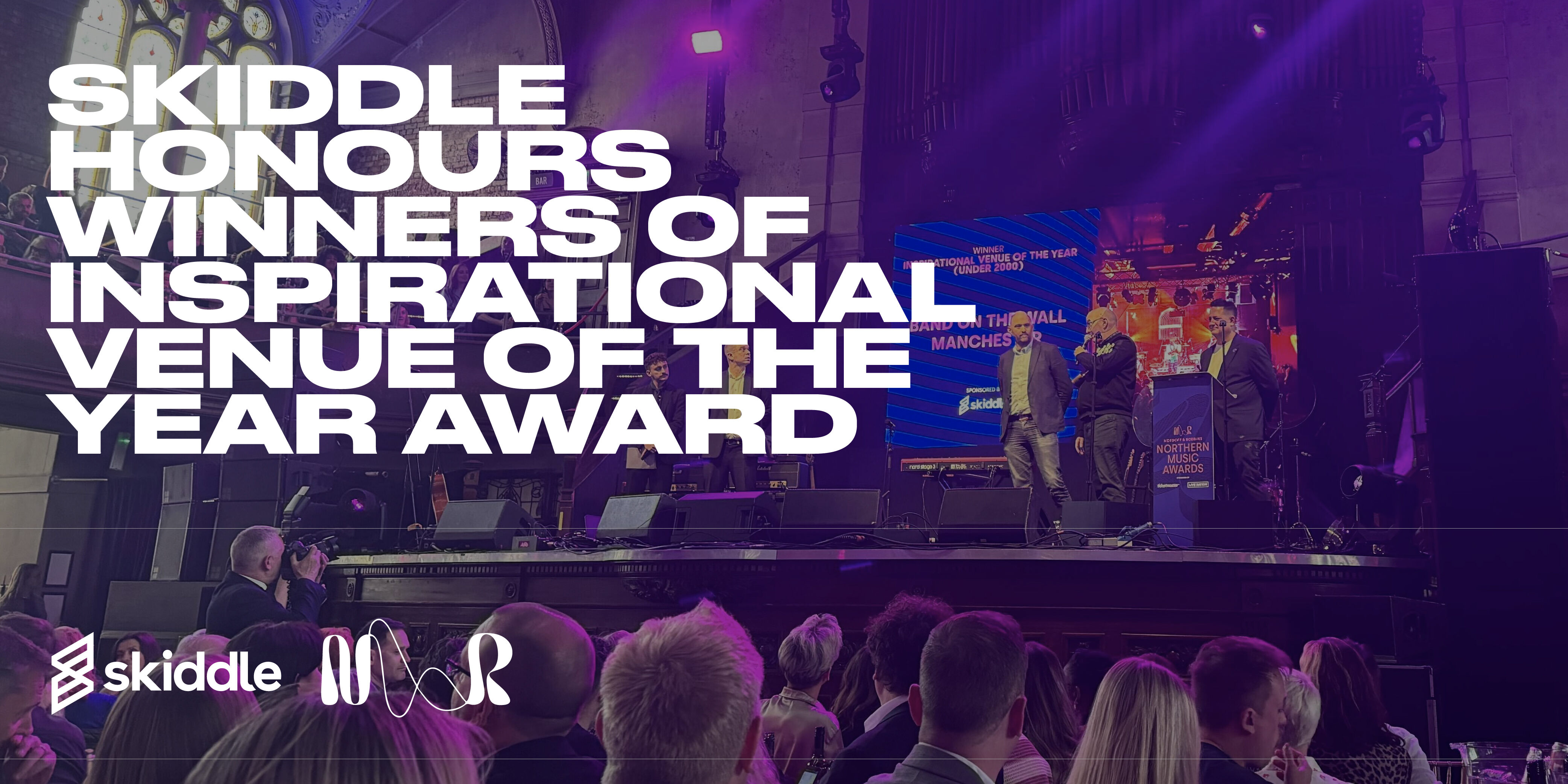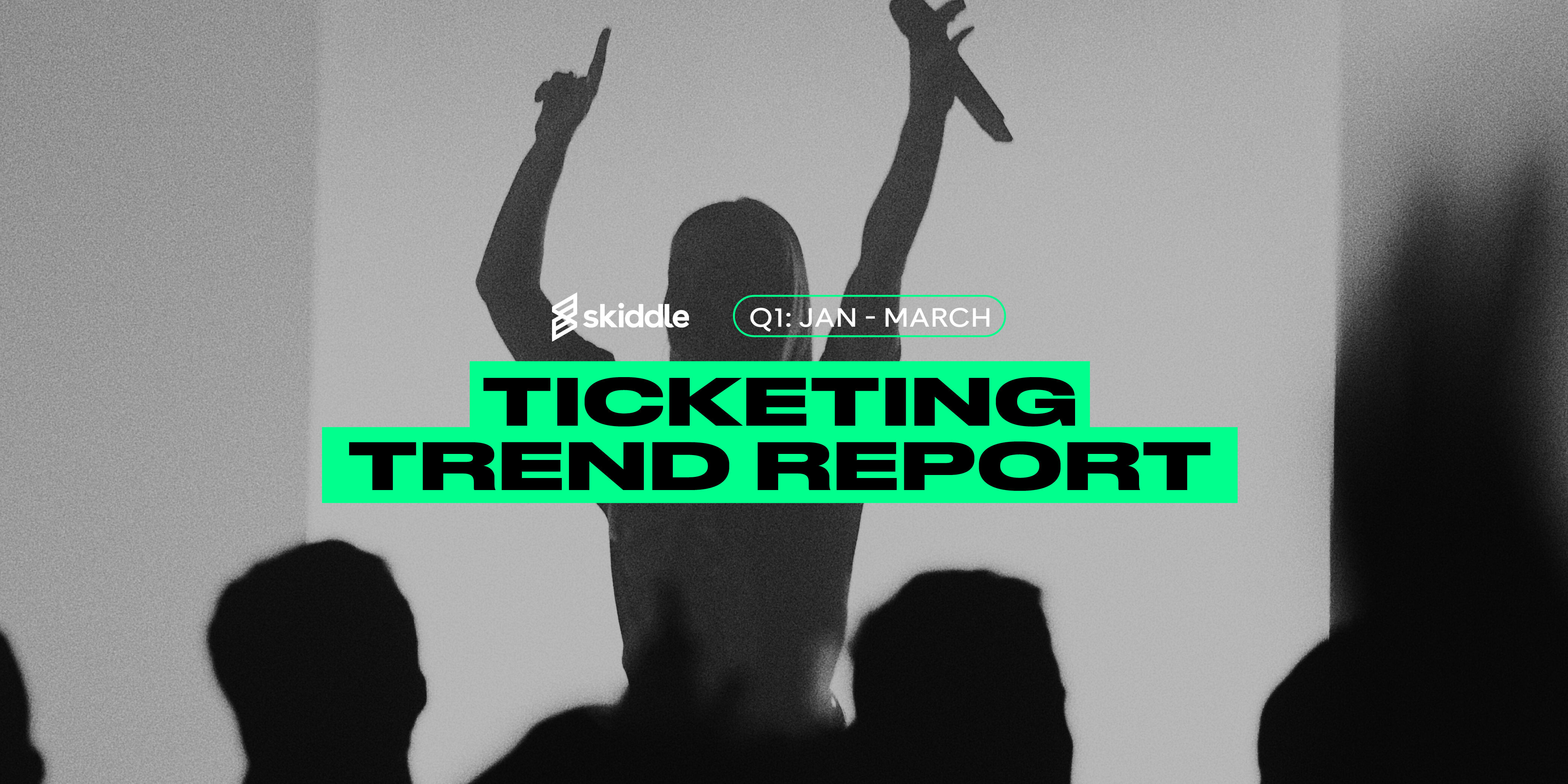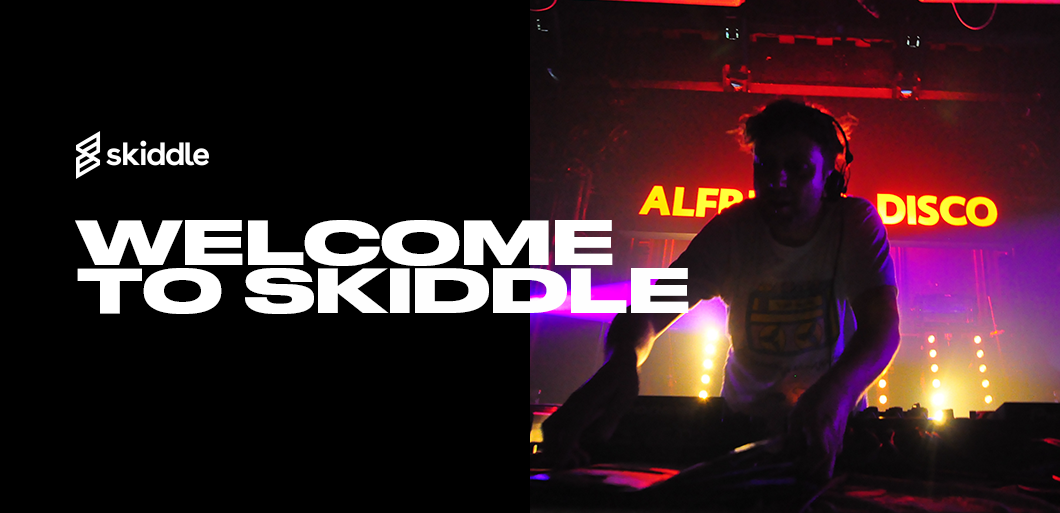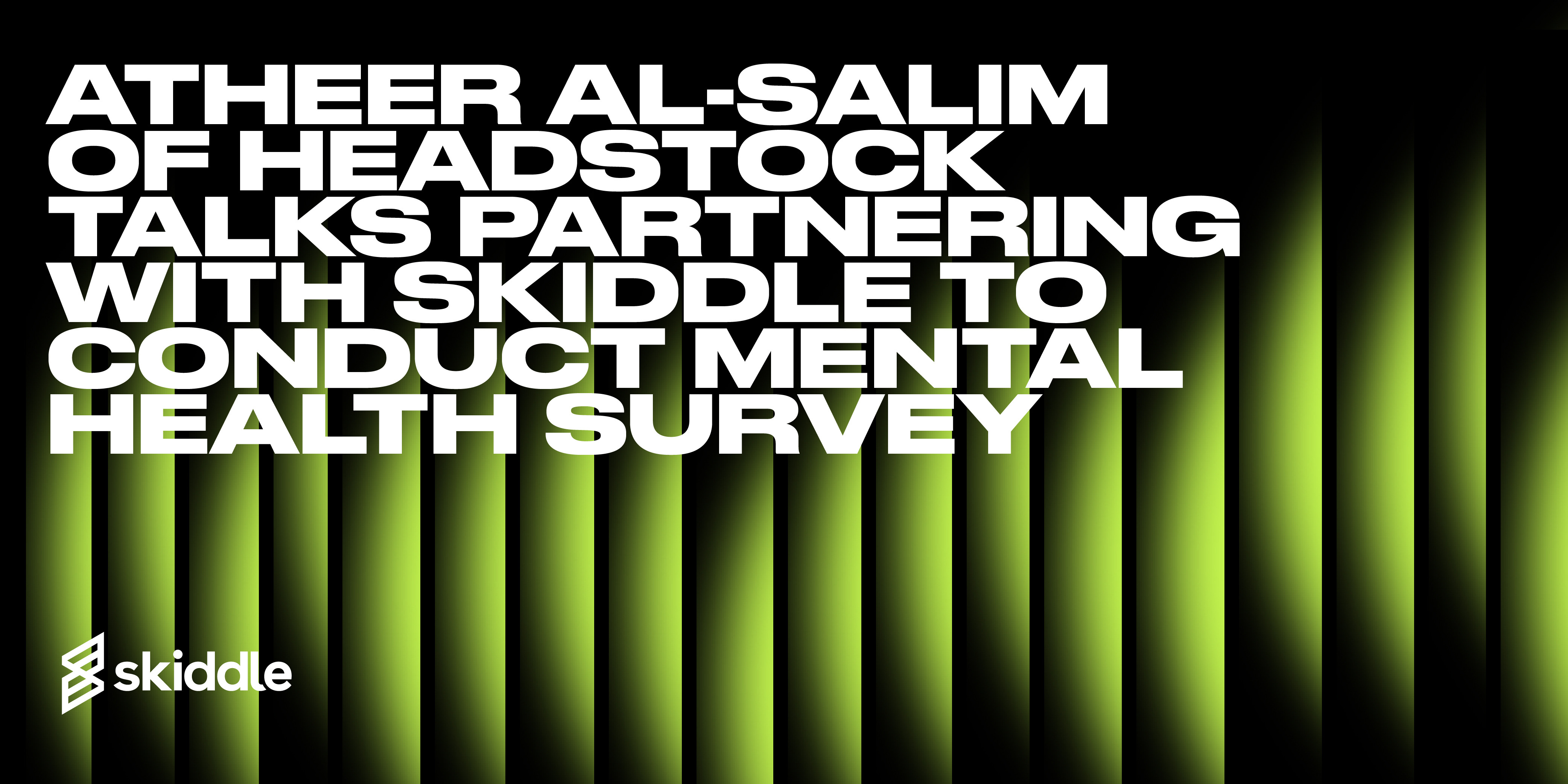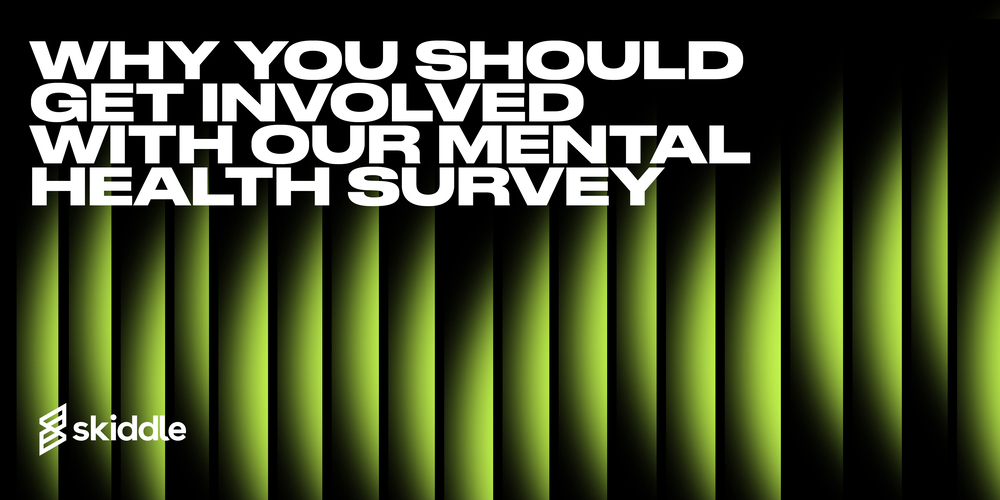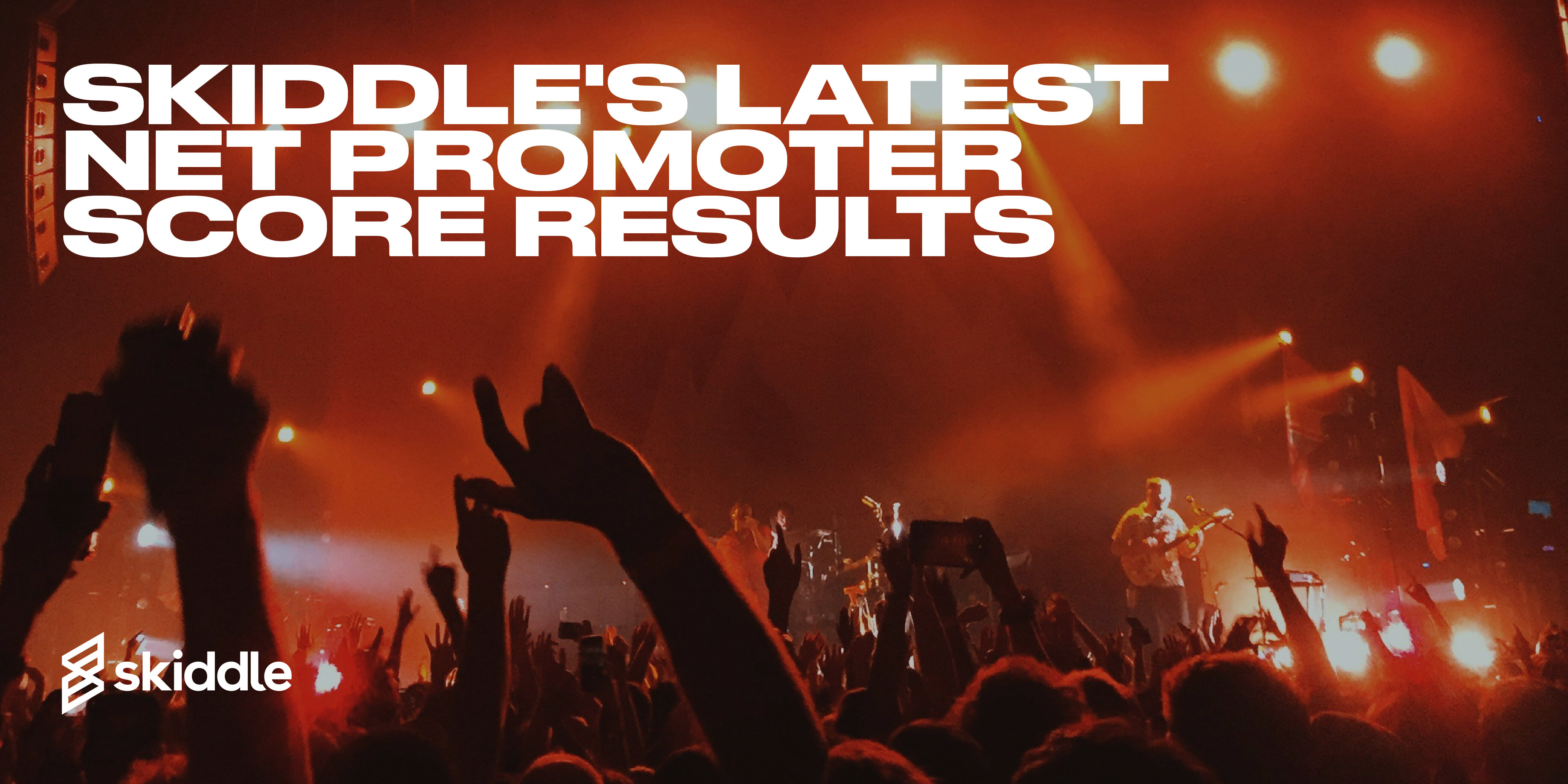- Event Promotion Tips
Creative ways to make your New Year’s Eve event stand out
-
By Ryan Moss
- 22 Nov 2022
- 11 min read
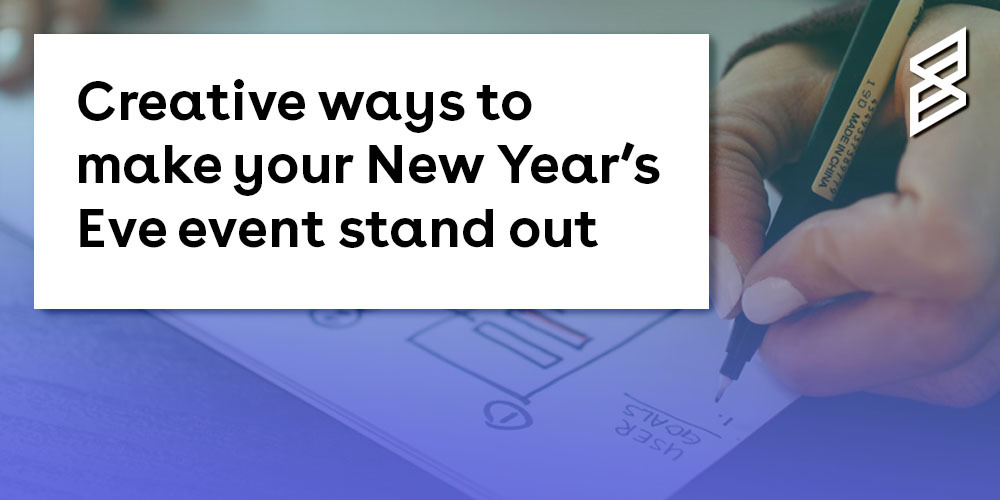
As 2022 draws to a close, promoters across the country will be thinking of creative New Year’s Eve event ideas to draw in customers and provide a memorable occasion.
Competition is tough across the New Year’s period, and a creative event type or innovative marketing strategy can contribute to a successful event.
Whether it’s getting inventive with paid media, staging ambitious marketing campaigns that invite customers to interact or simply adding a theme to your night, these extra elements can provide an edge and help you be successful when New Year’s Eve arrives.
Here at Skiddle, New Year’s Eve is a buzzword across all departments. In this article, we’ve rounded up six ways to make your New Year’s Eve event stand out.
Theme your event
Adding a theme to your event can be a creative New Year’s Eve event idea. For example, you may be running a night where the music isn’t the main focus, so hosting a 60s, 70s, 80s or 90s night could be a good way of making your event stand out.

You could encourage people to arrive in fancy dress from the era you pick, using songs from said era as your music policy. This could be enticing for attendees because they’ll know what songs will be playing, and the allure of being able to belt out your favourite chart hit on the dancefloor is a strong one.
Equally, you could host a karaoke night. This could be themed by the decades again, giving your attendees a list of songs to perform and offering prizes for the best one. This is a fun and light-hearted way to bring in the new year.
Use guerrilla marketing techniques
Guerilla marketing is a way to drive publicity for your brand through unconventional promotion methods. It’s designed to catch the eye of someone, provoke a response and, in some cases, shock them into thinking a different way about an issue.
The latter point tends to apply to non-profits and companies trying to communicate a political message. However, television companies, food and drinks brands and musicians have utilised guerilla marketing, and you can use it when engaging with the potential attendees of your event.
You could project an image of your logo onto a space across multiple evenings. If you secure somewhere busy, start early and do it frequently enough, it could be an effective way to generate a buzz around your event. A large logo beamed into the streets of a bustling city is likely to get people talking.
Consider collaborating with an artist to create a sculpture or piece of work that you can install on the streets. It’s an opportunity for people to take a look and snap photos. Give some information about installation, instructing people who take pictures to upload them to a hashtag on Instagram. The best shots could receive two free tickets to the event.
Promoting your event in this way gives people a chance to interact with your brand physically. Providing you set it up right, it’s an invitation to learn about something new and a fun way to attract potential new customers. You want to invite people to your brand rather than interrupt their day, and these techniques can be a helpful way to do just that.
Build a microsite
A microsite is a branded content site which is separate from a company’s main website. It will have a different URL and be designed to offer a different user experience than a brand’s main web page. The content should be focused on a narrow area, so it could be a chance to get in-depth with the things published on the site.
You could publish in-depth interviews with the performers booked at your event. Fans want to keep up with their favourite acts, and if they haven’t come across your event before, exploring the microsite may give them that extra push to buy tickets.
Or it could be a bit more light-hearted. If you’re promoting a club night, have your acts pick out their ten favourite albums and talk to them about their clubbing experiences. This structure works for other event genres too. If you’re promoting a drag night, you could ask performers about their favourite routines and the acts that influenced them. Whether it’s audio, video or written content, you want to contextualise your event and provide attendees with an interactive space to learn more about who will be there.

The website could be designed to be visited once. As the person navigates the website, they get access to different content. Once they’ve finished viewing, listening or reading, you could write a call to action to buy tickets with a button below that goes to your primary site.
If you’re organising a popular, long-running, you could use your own history to promote it. This could involve words from performers and attendees about the night, with testimonials on why your event holds weight in its specific scene.
Run print ads
Print ads are one of the oldest forms of marketing techniques. Throughout history, brands have secured advertising in newspapers and magazines, and event organisers have taken to the streets to put flyers on walls.
While the internet is the primary domain for advertising through social media and paid media, billboards, posters and print ads still have their place. In a magazine, for example, the reader can turn the page the same as they would click close on a webpage. But you’re likely to spend longer looking at something in your hand and close to your eyes.
The ideal print ad will be visually engaging, offer value, highlight why the person should attend the event and motivate them to purchase. If you can combine these elements with a multi-layered design, you’ll have a great chance of attracting customers.
If it’s a music event you’re promoting, securing ad space in publications that cover the genres you play makes the most sense. You can leverage the sizeable audience of the bigger magazines while targeting niche ones to communicate to a more concentrated audience.
Lifestyle, fashion and culture magazines can also work, depending on the type of event you’re promoting. Wherever you take out ad space, you need to try to communicate to people that this event is something they should attend, making the ad stand out among the publication’s other content.
Paid Media
Paid Media involves marketing techniques like pay-per-click advertising and display ads. It’s a helpful way of introducing people to your brand. For some people, a promoted tweet or post could be the introduction to your event, leading them to buy a ticket and attend the night.
You can track the progress of paid media, too. For example, if you’re setting up a Facebook Ad, the platform lets you analyse the results to see if the ad targets the people you want to communicate with. You can use that data to refine or improve your approach in the future.
Facebook Ads are a common way of promoting your event. The app has a sizeable user base — 44.84 million in the U.K — allowing you to harness it by selecting metrics like age, location, place of work, city and customer behaviour. That means you can take a granular approach to advertising, tailoring the ad to target the exact profile of your ideal customer.
On Instagram, you can pay for photo and video ads. The platform’s user base in the U.K is at 32.3 million users as of September 2022. If you’ve got an eye-catching poster or an intriguing teaser video, it could be a creative way to make your New Year’s Eve event stand out.
Utilise TikTok
TikTok has become one of the most widely used social media platforms in the world. As of January 2022, the app has over 8.9 million active users in the U.K. Its user base alone makes it appealing for event marketing, but the sheer number of things you can do with it also makes it a creative way to make your New Year’s Eve event stand out.
Humourous memes and relatable content are great ways to engage your audience. Consider adapting popular meme formats to align with your brand and get involved with trends that have been a hit on the app. It’s a chance to seize a moment, and the people in your team could prove to be a dab hand in entertaining your follower base on the app.

You could create content with the people booked for your event. This could include bitesize interviews with light-hearted questions, challenges, and insights into their career. It could be separate content or brought together as one video in a ’60 seconds with…’ video. Doing this means you’re creating original content and leveraging the performer’s audience, especially helpful if they have a sizeable following on their page.
Ticket giveaways are a way of incorporating competition marketing into your event promotion strategy. You could encourage followers to post their best dance moves or their best attempt at lip-syncing, asking them to follow the page before entering.
Got a question you need an answer to? Give us a call on 03333010301 or ask us a question over on the Skiddle Promoter Twitter account by clicking or tapping on the button below. Alternatively, you can also find a list of our most frequently asked questions over at https://help.promotioncentre.co.uk/








